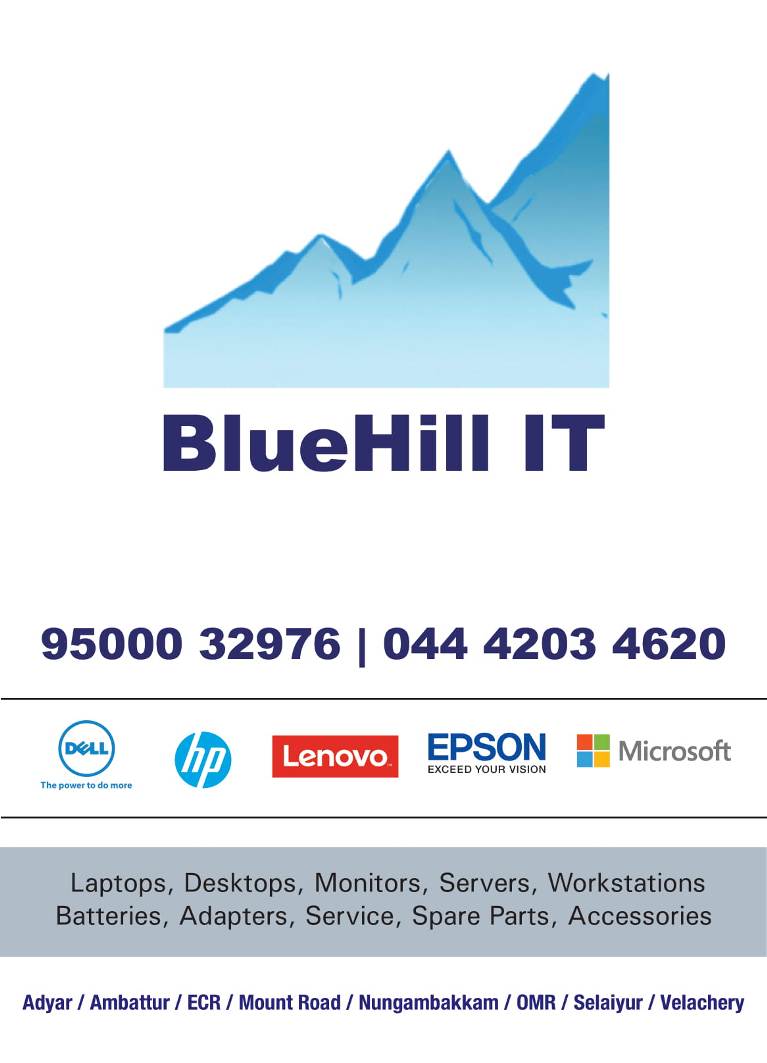Electronics & Hardware
About department
description
Electronics & Hardware refers to the field of technology that focuses on the design, development, manufacturing, and maintenance of electronic components, devices, and systems. It encompasses a wide range of hardware-related disciplines, including electronic circuits, semiconductor devices, embedded systems, and computer hardware.

Connect with us
Beneficial
- Duration:
- Training programs in Electronics & Hardware can vary in duration depending on the level of expertise and the specific curriculum. They can range from short-term courses focusing on specific skills or technologies to comprehensive diploma or degree programs spanning several years.
- Mode:
- Electronics & Hardware training programs are offered through various modes of instruction, including classroom-based learning, hands-on laboratory sessions, workshops, and online courses.
- Some institutions offer flexible schedules to accommodate both full-time and part-time students, as well as options for distance learning or self-paced study.
- Eligibility Criteria:
- There are no strict eligibility criteria for entry-level Electronics & Hardware courses. However, basic knowledge of mathematics, physics, and computer science is often recommended.
- Advanced courses or degree programs may have specific academic requirements, such as a high school diploma or equivalent, and may require proficiency in certain subjects or prerequisites related to electronics or engineering.
- Admission Process:
- The admission process for Electronics & Hardware courses typically involves filling out an application form, providing educational transcripts or certificates, and paying any applicable fees.
- Some institutions may require applicants to undergo a placement test or interview to assess their aptitude for the program.
- Admission criteria may vary depending on the institution and the level of the course.
- Areas of Study:
- Electronic Circuits and Components: Understanding the principles of electronic circuits, including passive and active components such as resistors, capacitors, diodes, transistors, and integrated circuits.
- Digital Electronics: Learning about digital logic gates, flip-flops, counters, registers, and other digital components and systems.
- Microcontrollers and Embedded Systems: Designing and programming microcontroller-based systems for various applications, including robotics, automation, and IoT (Internet of Things) devices.
- Analog and Digital Communication Systems: Studying communication principles, modulation techniques, transmission lines, antennas, and networking protocols.
- Computer Hardware: Understanding the architecture, components, and peripherals of computer systems, including processors, memory, storage devices, input/output devices, and networking interfaces.
- Certifications:
- Students may have the opportunity to earn industry-recognized certifications such as CompTIA A+, Cisco Certified Network Associate (CCNA), or Microsoft Certified Solutions Associate (MCSA) to validate their skills and enhance their career prospects.
-
- Training programs in Electronics & Hardware can vary in duration depending on the level of expertise and the specific curriculum. They can range from short-term courses focusing on specific skills or technologies to comprehensive diploma or degree programs spanning several years.
- Electronics & Hardware training programs are offered through various modes of instruction, including classroom-based learning, hands-on laboratory sessions, workshops, and online courses.
- Some institutions offer flexible schedules to accommodate both full-time and part-time students, as well as options for distance learning or self-paced study.
- There are no strict eligibility criteria for entry-level Electronics & Hardware courses. However, basic knowledge of mathematics, physics, and computer science is often recommended.
- Advanced courses or degree programs may have specific academic requirements, such as a high school diploma or equivalent, and may require proficiency in certain subjects or prerequisites related to electronics or engineering.
- The admission process for Electronics & Hardware courses typically involves filling out an application form, providing educational transcripts or certificates, and paying any applicable fees.
- Some institutions may require applicants to undergo a placement test or interview to assess their aptitude for the program.
- Admission criteria may vary depending on the institution and the level of the course.
- Electronic Circuits and Components: Understanding the principles of electronic circuits, including passive and active components such as resistors, capacitors, diodes, transistors, and integrated circuits.
- Digital Electronics: Learning about digital logic gates, flip-flops, counters, registers, and other digital components and systems.
- Microcontrollers and Embedded Systems: Designing and programming microcontroller-based systems for various applications, including robotics, automation, and IoT (Internet of Things) devices.
- Analog and Digital Communication Systems: Studying communication principles, modulation techniques, transmission lines, antennas, and networking protocols.
- Computer Hardware: Understanding the architecture, components, and peripherals of computer systems, including processors, memory, storage devices, input/output devices, and networking interfaces.
- Students may have the opportunity to earn industry-recognized certifications such as CompTIA A+, Cisco Certified Network Associate (CCNA), or Microsoft Certified Solutions Associate (MCSA) to validate their skills and enhance their career prospects.



